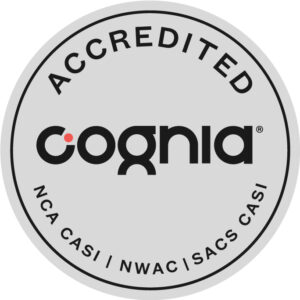
Gamification vs Game-Based Learning. These teaching methods are buzzwords in the educational field, with plenty of advocates and critics. But what is it, and why has it become so popular?
Gamification is the use of activities and a rewards system to encourage motivation. The idea is that making the process of learning more enjoyable will motivate the students to engage more in their studies. It essentially turns the learning process into a game by applying game mechanics to the course. That means incorporating elements like achievement badges, point systems, or leaderboards within the classroom.
A lot of companies incorporate gamification for their users such as Duolingo.
Game-Based Learning (GBL) specifically uses games to teach students certain skills or a specific learning outcome. This game would give students clear and challenging objectives within the framework of a game. A good example of this is a Jeopardy game review or Kahoot. Most of the time, the games are designed to allow the students to understand the subject matter within a real-world context.
So what’s the difference between the two? The short version: Gamification is turning the learning process into a game, while Games-Based Learning is using a game as part of the learning process.
Either way by incorporating gamification or GBL in the classroom, educators can help students transition learning from a chore to a fun process.
One of the most prevalent advantages of gamification is that it encourages students to become active learners and participants. The intention is that the motivation of the reward will eventually shift into motivation for learning itself.
Studies suggest that this method can make homework and projects appear less intimidating. The use of activities and games teaches students to associate learning with curiosity and joy instead of stress and fear. Studies show that this shift from a fixed mindset to a growth mindset makes students more successful in education. A study found that students who learned skills from gamified learning courses scored 14% higher than those who learned through traditional methods.
On the other hand, if incorporated incorrectly or unsuccessfully, gamification can make students motivated solely by rewards and disinterested in the learning process— the exact opposite of gamification’s goal. In addition, many critics believe this method of teaching with immediate feedback creates a problem with student attention span.
The benefits of game-based learning include strengthening motivation to learn, encouraging active participation, and reducing student stress. It’s a fun way to encourage students to think critically, work together in groups, and engage in class material.
Although the benefits of GBL are ideal, incorporating it into the classroom can be difficult. It requires educators and faculty to develop games, modules, and contents to be used in class which can be time-consuming and exhausting. This is why it’s difficult for many schools to include in the curriculum.
We believe that it’s important to always improve our curriculum and educational methods to better serve our students. Our award-winning leadership and teaching methods are always backed by research and developed with our students in mind.
To learn more about our teaching methods or if you have questions about enrollment, please contact us.

